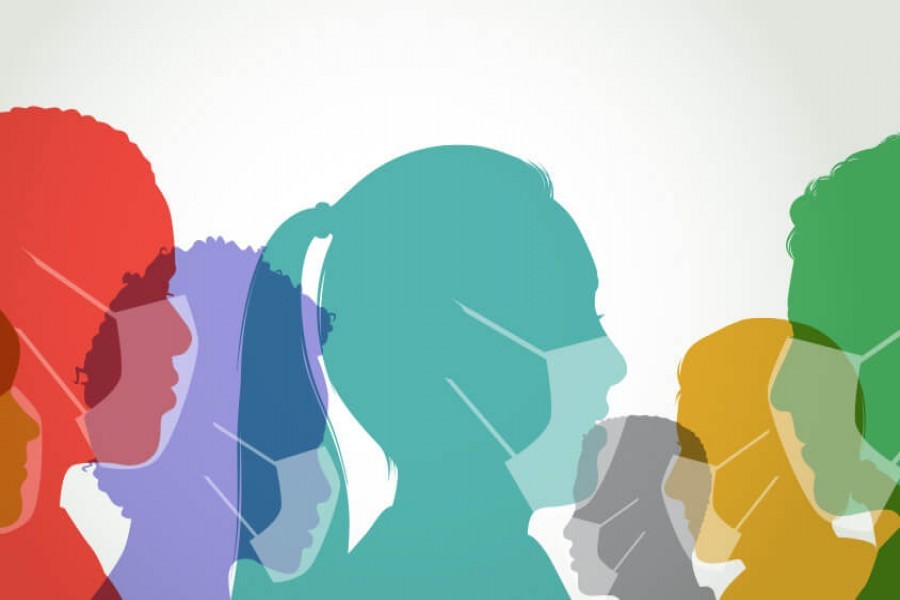The latest survey by a reputed local think tank on how the pandemic impacted people's livelihoods has come up with disquieting results. The study was conducted between November and December last year. It shows that compared to the poverty rate in 2018 at 21.6 per cent, the figure in general has doubled to 42 per cent in 2020. Such numbers for the extreme poor, on the other hand, have more than tripled from its previous (2018's) estimate at 9.4 per cent to 28.5 per cent in 2020.
Clearly, such worsening of the poverty level is traceable to the economic dislocations caused by measures taken by employers. The government assistance provided through social safety-net schemes for the vulnerable groups has proved to be inadequate to cover the millions that have lost jobs or livelihoods since late March last year. In fact, the pandemic affected the extreme poor in more than one way. The vulnerable group first tried to meet their family expenses from whatever savings or resources they already possessed. Or they had to go for borrowing or receive donations from friends and relatives. In either case, they had to skimp on their basic needs. In such efforts at survival, the study found, they were forced to cut 45 per cent of their family spending. The category of the less vulnerable, non-poor group, on the other hand, increased their family expenses by 6.0 per cent.
The poverty situation has also demonstrated a regional bias. Its increase has been found to be more pronounced in the Rajshahi, Rangpur and Mymensingh divisions than in other parts of the country. Evidently, there is some degree of asymmetry in the way poverty has spread among the general populace. Overall, the poverty situation appears to be more acute in the rural Bangladesh than it is in the country's urban centres. And this is true of either group of the poor-- the general and the extreme poor. It is important to understand the special characteristics of the poverty created in the wake of the pandemic attack. As things stand, the newly created poor have compounded the already existing poverty situation since pre-pandemic times. The government will be required to carefully consider all these factors that have come into play to create the new situation and redraw its poverty-alleviation strategy accordingly. The present situation, as suggested by experts, calls for channelling additional cash assistance to the extreme poor through the social safety-net programme.
However, it has to be borne in mind that this kind of government intervention in the form of relief or dole cannot be sustainably run indefinitely. It can only be a stopgap measure. So to address the issue more sustainably, the government will be required to think of income generation schemes for the vulnerable groups. To that end, these people could be taught some basic income earning skills through arranging appropriate training programmes. After training, they can be engaged in income generation activities (IGAs). There should be a provision of easy bank credit for the purpose. Many of the new poor were earlier employed or engaged in various income-earning activities. They can be directly absorbed in the IGAs depending on the skills they already have. The economy's post-pandemic performance hinges critically on how prudently the government addresses the current poverty situation. The issue is urgent. For success, it would require the government's highest attention and an all-out effort.


